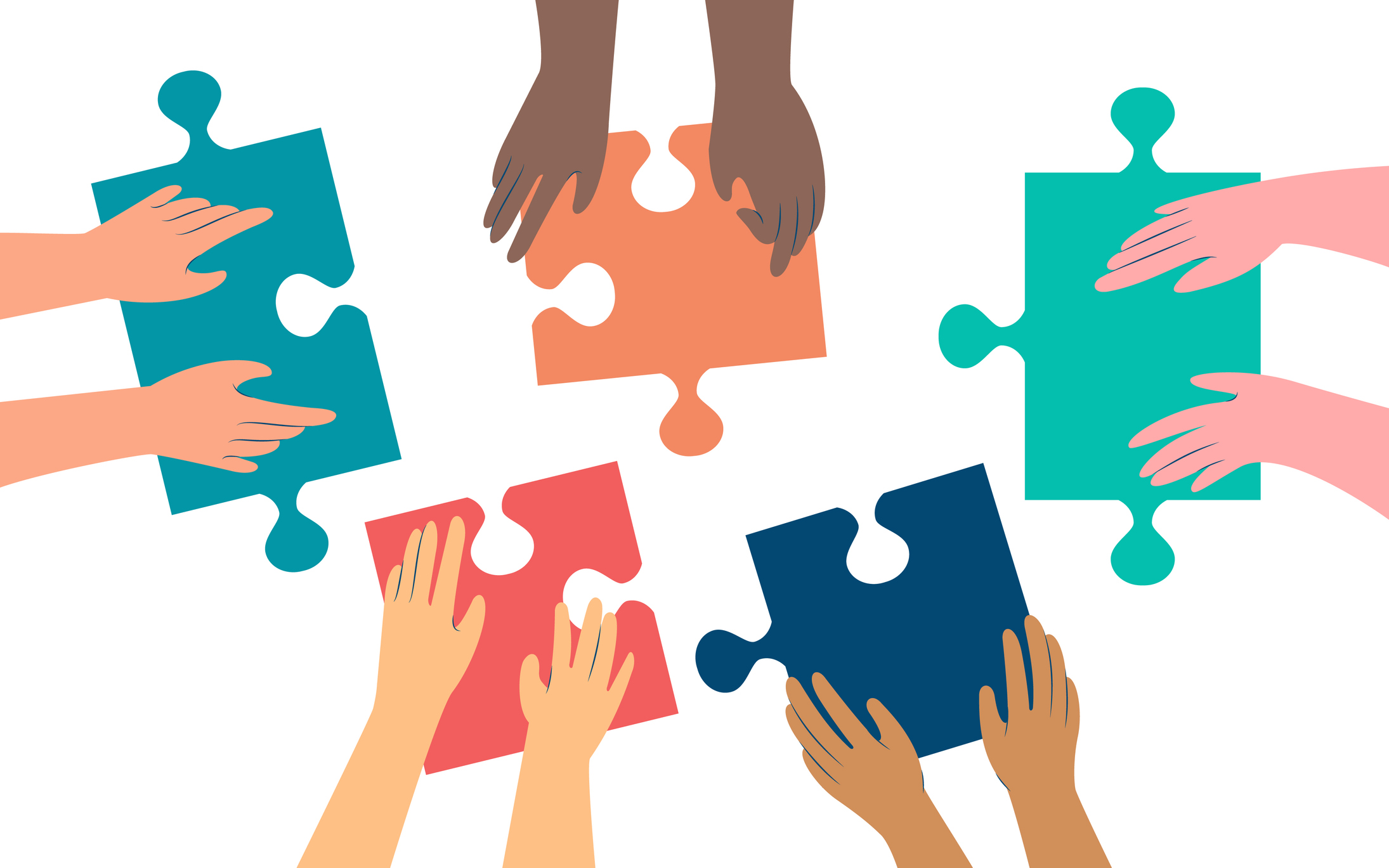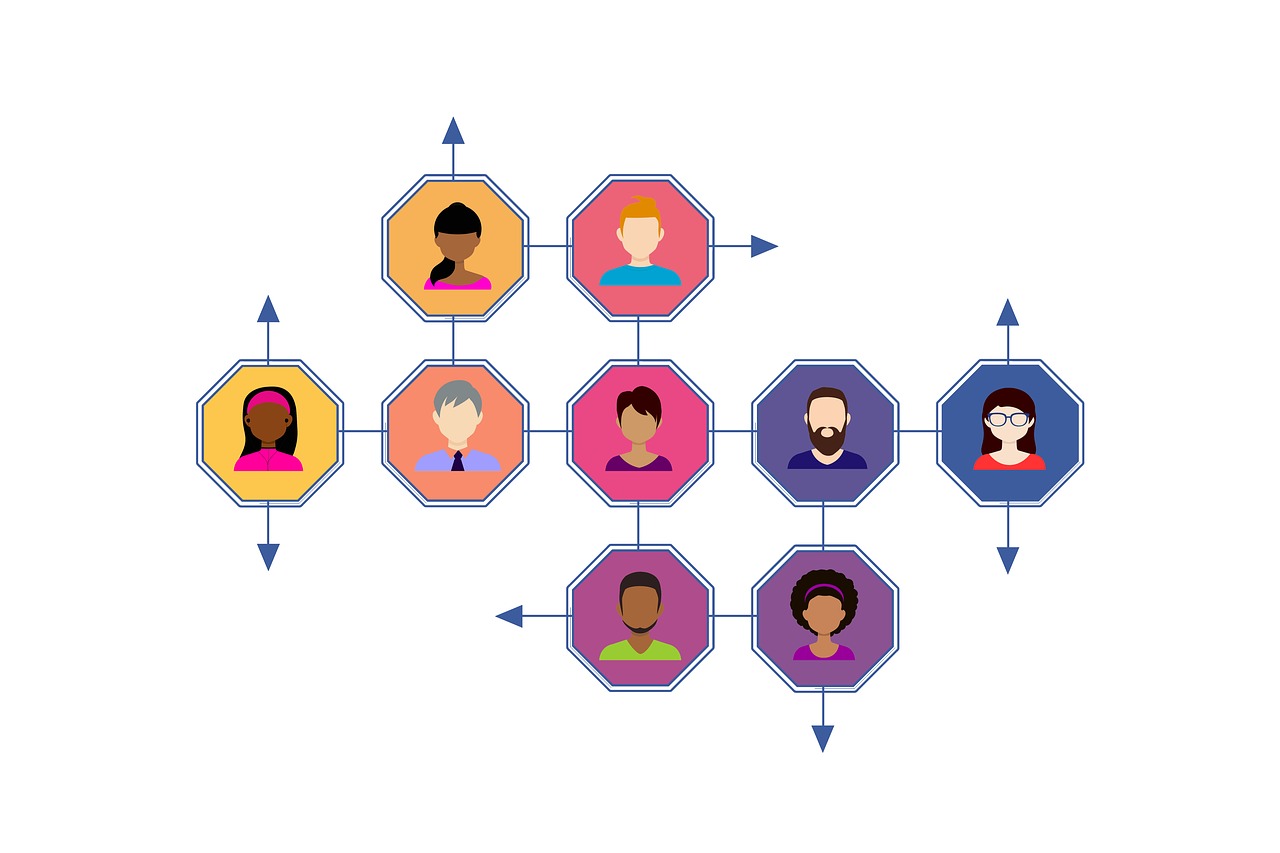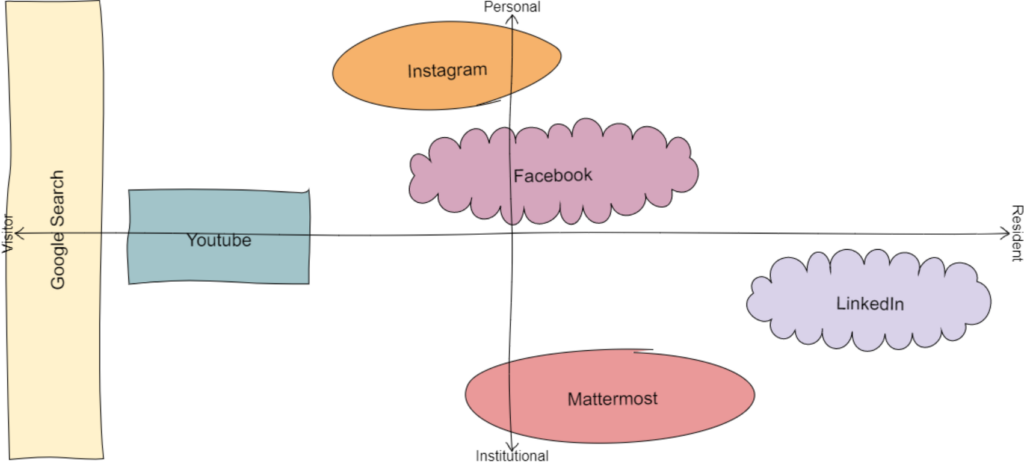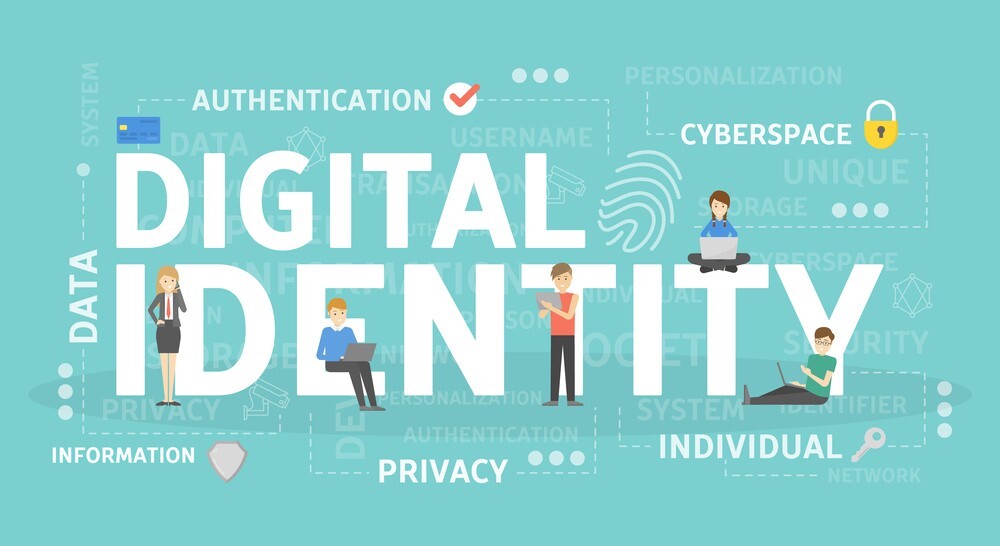
Engagement has become more accessible and convenient due to the emergence of social media. Social media provides a platform for discussions on a wide range of topics of your choice. Individuals can post, comment, and share their thoughts, allowing them to connect with an even larger community. Individuals are exposed to a diverse range of perspectives, ideas, and opinions on various topics. Active engagement on social media offers individuals opportunities to shape their thoughts, develop their political perspectives, and explore their interests.
However, engagement on social media also comes with its challenges and drawbacks. As social media platforms grow in influence and openness, it becomes increasingly difficult to freely express thoughts and opinions without facing potential backlash. These days, individuals may feel hesitant and cautious about positioning themselves on sensitive and conservative topics. Even on social media, individuals often form groups and engage in debates that can sometimes lead to opposing viewpoints and arguments.
With this being said, some companies now consider social media presence as a factor in their recruitment process, often requiring access to applicants’ social media profiles. A social media screening involves researching a prospect’s social media profiles and their activity, including what they post, like and comment on (Cotriss, 2023). This topic has been a significant controversy among employees and employers, as individuals hold differing views on the boundaries and limitations of privacy in relation to social media.
When it comes to the policies of employer social media communication expectations, always remember to be mindful of how you position yourself! (“Social Media in the Workplace: What to Include in a Social Media Policy,” 2023)
- Think before you post
- Respect copyright
- Avoid revealing personal information
- Consult with colleagues
- Know your audience
- Keep personal and business contacts separate
My PLN is inclusive in terms of occupations, gender, perspectives, and ethnicities. Having an inclusive P
My PLN is inclusive in terms of occupations, gender, perspectives, and ethnicities. Having an inclusive PLN is crucial as it widens your perspective and enhances your growth. In a podcast interview with Markiel Simpson, it was emphasized that networking with diverse individuals is significant. Markiel proactively looked for opportunities to raise his voice and engage with his community. Within his PLN, many influential individuals actively retweet his content, utilize his hashtag, and lend support to his causes, thereby raising awareness (Miller, 2021).
As a co-op student currently working at a tech company, my PLN allows me to embrace the viewpoints of others and engage with various internal stakeholders. From my employer’s perspective, I bring fresh and creative thoughts and perspectives as an undergraduate.
References
Clark, J. A., & Aufderheide, P. (2011). A New Vision for Public Media Open, Dynamic, and Participatory. In Media & Social Justice. https://doi.org/10.1057/9780230119796_5
Social media in the workplace: What to include in a social media policy. (2023, June 15). BDC.ca. https://www.bdc.ca/en/articles-tools/employees/manage/managing-social-media-tips-ensure-appropriate-employee-use
MILLER. (2021, June 2). EDCI – 338 MARKIEL SIMPSON [Video]. YouTube. https://www.youtube.com/watch?v=rsoDHGaXNNs





Recent Comments